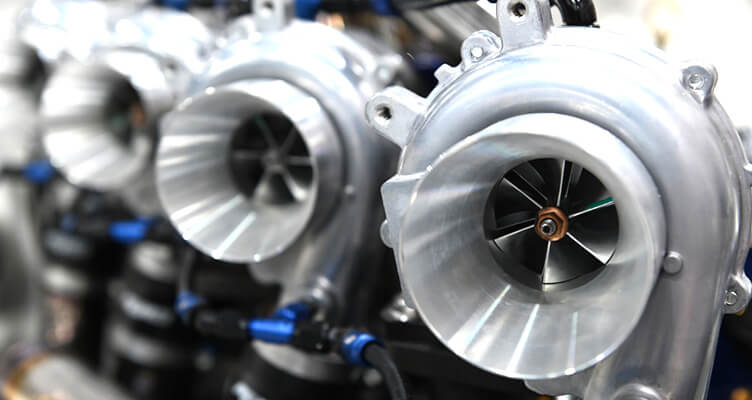What’s amazing about technology is that there’s always a possibility of designing something better. When it comes to the automotive industry, engineers are always working hard to develop something more efficient, more cost-effective, and more environment-friendly.
Let’s take the internal combustion engine as an example. You may be amazed how a liquid-powered machine can hurl you through highways at incredible speeds. However, it is always possible to develop an engine that will use less fuel while going faster and further. One of the ways to improve the performance of an engine is by using a turbocharger. It can draw the waste exhaust power from the back of the engine to bring it to the front to deliver that extra ‘oomph’ to your horsepower.
You may have come across turbochargers when you read about JDM cars and other vehicles for rally racing. You may wonder how they work. Well, in this post, we will discuss all the essential facts you need to know about turbochargers. Make sure you read through this article to know if using one is suitable for your lifestyle!
Turbochargers Explained
Have you ever seen vehicles speeding through roads with sooty fumes coming out of their tailpipes? Obviously, their exhaust smoke causes tremendous air pollution. However, it is less apparent that they are also wasting energy. The hot gases pumping out quickly and all the energy it contains make up the exhaust fumes. This wasted power simply disappears uselessly into the atmosphere.
Now, imagine harnessing that wasted energy to improve the performance of your car. Well, you can use a turbocharger to achieve that.
Engines burn fuel in cylinders to generate power. As air enters each cylinder, it mixes with fuel and ignites to drive a piston out. Consequently, this motion turns the gears and shafts that spin the wheels of a car. As the piston pushes back, it pumps the discarded fuel and air mixture out of the cylinder as exhaust fumes.
It is worth noting that how fast a car burns fuel directly affects the amount of power it can generate. So, the bigger the cylinders are and the more you have in your engine, the more fuel your car can burn every second.
Theoretically, several, large cylinders can also mean faster speed. This is also the reason why super-fast JDM and sports cars have at least eight cylinders instead of the conventional four or six cylinders. Aside from adding more cylinders, you can also use a turbocharger to make your car go faster. This component forces more air into the cylinder, allowing your engine to burn fuel at a faster rate.
How Turbochargers Work
Turbochargers have two primary sections—the compressor and the turbine. Meanwhile, the turbine is made up of two components—the turbine housing and the turbine wheel. The housing guides the exhaust gas into the wheel. The turbine wheel starts to turn, using the energy coming from the exhaust gas. The gas then goes through an exhaust outlet area to exit the turbine housing.
The compressor also has two components—the compressor housing and the compressor wheel. You have to remember that the function of the compressor is opposite to that of the turbine. A steel shaft forges the compressor to the turbine. The high-velocity spinning of the compressor wheel draws the air in. As the air gets compressed, the compressor housing converts it into a low-velocity, high-pressure air stream. The diffused air is then pushed into the engine, allowing it to burn more fuel and generate more power.
So, do you think having a turbocharger is something suitable for your driving needs?
Click on the button below to access the biggest JDM source, with over 140,000 cars listed weekly, find that JDM Car that you want and customize it!



